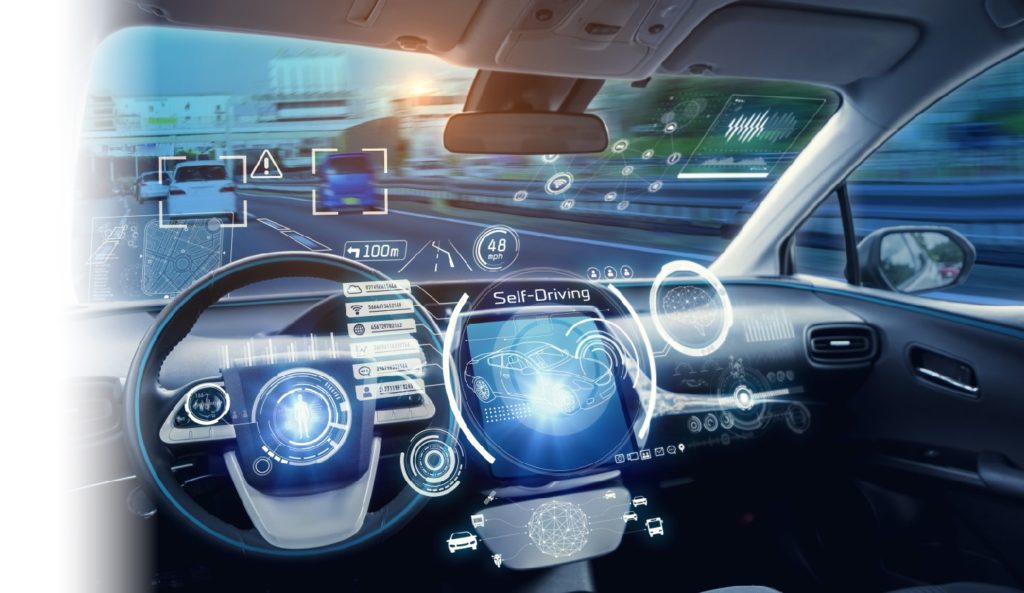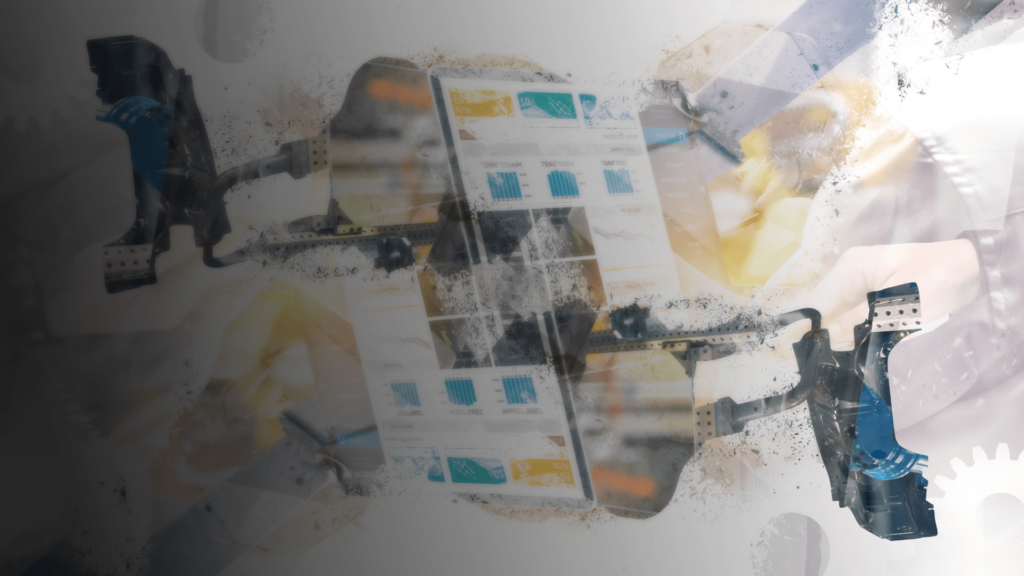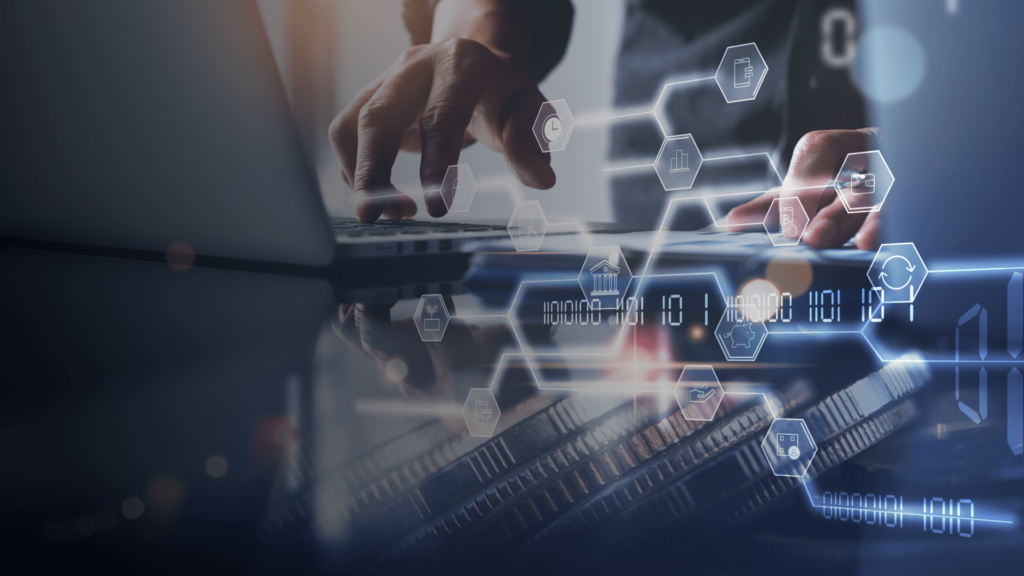Insights
A.I. has come a long way since the notorious victory of IBM’s computer DeepBlue over Kasparov in 1997. It all started decades before the king of chess lost in front of a machine, with Norbert Wiener, the father of cybernetics as he’s titled, who was the first one to theorize that all intelligent behavior was the result of feedback mechanisms and these could be simulated by machines. Today the development of A.I. is approaching the moment when the boundaries between humans and machines will be severely blurred. What once was just a Si-Fi movie script, now is a reality. Thanks to advances in machine learning, nowadays computers can translate oral and written conversations, recognize photos and faces, or simply be your personal assistant.
Here and now
The Reshaping Business With Artificial Intelligence study, published a year ago by Boston Consulting Group and MIT Sloan Management Review, based on interviews with more than 3,000 business executives, managers, and analysts in 112 countries and 21 industries found significant gaps between companies who have already adopted and understand Artificial intelligence and those postponing. A.I. early adopters invest heavily in analytics expertise and ensure the quality of algorithms and data can scale across their enterprise-wide information and knowledge needs. The leading companies that excel at using A.I. to plan new businesses and streamline existing processes all have solid senior management support for each A.I. initiative.
Key takeaways include the fact that the technology, media, and telecommunications industry have the highest expectations for A.I. to accelerate new product and service offerings of all industries tracked in the study.
Also, customer-facing activities including marketing automation, support, and service in addition to IT and supply chain management are predicted to be the most affected areas by A.I. in the next five years.
When asked about the reasons for adopting the technology, 75% of the respondents state that A.I. will allow them to move into new businesses and ventures. The research shows that AI will be the catalyst for entirely new business models and change the competitive landscape of entire industries in the next five years. Two-thirds of respondents expect incumbent competitors in their industry to use A.I. to gain an advantage. 63% believe the pressure to reduce costs will require their organizations to use A.I. in the next five years.
A bit of the surprise is that despite high expectations for A.I., only 23% of respondents have incorporated it into processes and product and service offerings today. An additional 23% have one or more pilots in progress, and 54% have no adoption plans in progress, 22% of which have no current plans.
The research found that regarding company size, the largest companies (those with more than 100K employees) are the most likely to have an A.I. strategy, but only half actually have one. It comes as no surprise though that 70% of respondents are personally looking forward to delegating the more mundane, repetitive aspects of their jobs to AI.

Now, how do businesses in different sectors use the technology?
A Fannie Mae survey of mortgage lenders found that 40% of mortgage banks have deployed A.I.—using it to automate the document-heavy application process, detect fraud, and predict a borrower’s likelihood of default.
Then the energy sector uses the technology to produce cheaper and more efficient wind energy. For instance, Siemens developed machine-learning technology, taking advantage of researchers’ findings that huge wind turbines could use data on weather and component vibration to fine-tune themselves continually, for example, by adjusting the angles of rotor blades.
Work safety is another application with companies increasingly using A.I. as a “guardian angel”, to safeguard employees in high-risk jobs. Systems, trained on hundreds of hours of employee sensor data, monitor conditions—physiology, fatigue level, or stress—in real-time and signal for the appropriate measures.
But maybe the most impressive use of Artificial intelligence is in healthcare. Just in the last few years, there have emerged credibly if still-in-the-works A.I.-powered technologies that can read radiology scans (like Imagen), identify tumors and track the spread of cancer (Arterys), detect eye conditions using retinal imaging (Google’s DeepMind), and even assist with the tricky business of diagnosing or even predicting disease.
But probably the most spread uses of A.I. and machine learning are around natural-language processing, spoken language particularly, but also written language, we’re seeing a lot of natural-language work being done. Also, virtual agents or conversational interfaces.
We start seeing these A.I. technologies underpinning a lot of the things, all the online and mobile services that we’re now increasingly taking advantage of. For instance, in e-commerce or media, when systems are providing suggestions for things you might be interested in reading or things you might be interested in buying (the next-product-to-buy use case), those types of systems are powered not only by statistical methods but by some kind of A.I. technology as well, the effect is that consumers are brought closer to the things that they’d be most interested in.
What lies ahead
We’re already seeing the beginnings of self-driving cars, though the vehicles are currently required to have a driver present at the wheel for safety. Despite these developments, technology isn’t perfect yet, and it will take a while for public acceptance to bring automated cars into widespread use.
Also one of the main limitations of being human is simply our bodies. In the future, we might be able to augment ourselves with computers and enhance many of our own natural abilities. A.I. will become useful for people with amputated limbs, as the brain will be able to communicate with a robotic limb to give the patient more control. This kind of cyborg technology would significantly reduce the limitations that amputees deal with on a daily basis.
A big hope also lies with climate change.
Using big data, A.I. could one day identify trends and use that information to come up with solutions to the world’s biggest problems.
And as always, new technologies bring anxieties, one of the biggest ones being the employment effects. The reality is that no one really knows or can know what’s ahead. The reason is that we can never foresee human ingenuity, all the ways in which millions of motivated entrepreneurs and managers all over the world will apply these technologies.
It’s also worth remembering that A.I.’s eventual uses will be determined largely by market forces. A.I. will be used by companies and consumers for countless practical purposes, most of them modest, and the cumulative effect cannot be foreseen.

The big questions still wait to be answered:
- How will AI affect human behavior?
- How do we control complex AI systems?
- Are we really safe?
- And yes, will be privacy compromised?


